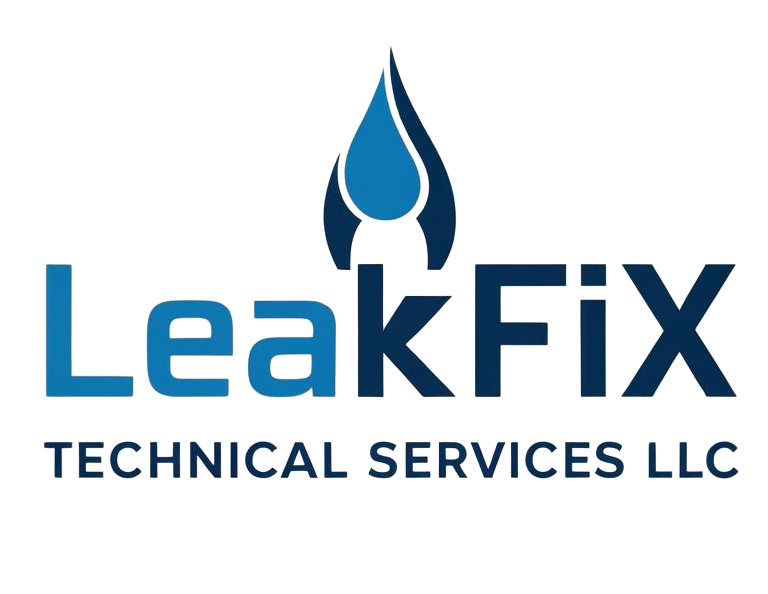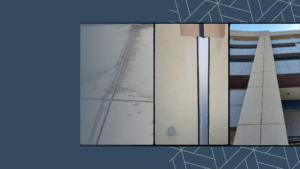Buildings face many challenges like temperature changes, moisture, and earthquakes. These changes make materials expand and contract. To prevent damage, buildings have expansion joints. But, these joints must be kept dry to avoid damage.
This is where expansion waterproofing plays a key role.
Importance of Expansion Joint Waterproofing
Water can severely harm buildings. When water gets into expansion joints, it can cause corrosion and mold. This weakens the structure. Waterproofing these joints is vital to keep buildings strong and safe.
Expansion joints are at high risk because they move. Unlike static structures, they face constant stress. Waterproofing keeps them safe from water damage, even with movement.
Challenges in Expansion Joint Waterproofing
Waterproofing expansion joints is tricky. They need to stay flexible yet fully sealed. Traditional methods often fail because they’re not elastic enough.
Some big challenges include:
- Constant Movement: Expansion joints move with temperature changes and load shifts.
- Material Compatibility: The waterproofing must match the surrounding materials to avoid failure.
- Environmental Exposure: UV, rain, and extreme temperatures can wear down the waterproofing.
- Installation Complexity: Applying it right requires skill to seal without limiting movement.
Benefits of Effective Expansion Waterproofing
Effective waterproofing offers many advantages. It makes buildings last longer and stay safe. The benefits include:
- Prevention of Water Damage: It blocks moisture to prevent damage and mold.
- Extended Lifespan of Structures: It reduces water damage, extending a building’s life.
- Enhanced Structural Safety: It keeps buildings safe for people.
- Cost Savings on Repairs: It cuts down on repair costs and frequent fixes.
- Improved Aesthetic Appeal: It keeps buildings looking good by preventing water stains and mold.
Common Applications of Expansion Joint Waterproofing
Expansion joint waterproofing is used in many places to protect buildings. These include:
- Roof Expansion Joints: Roofs move a lot with temperature changes, so waterproofing is key to avoid leaks.
- Parking Structures: Parking decks face heavy traffic and weather, making waterproofing crucial.
- Bridges and Highways: Expansion joints in bridges need strong waterproofing to handle constant movement and weather.
- Basements and Underground Structures: Waterproofing is essential to keep basements and underground areas dry.
- Facade and Wall Joints: Vertical joints also need waterproofing to keep buildings dry inside.
Factors to Consider When Choosing Expansion Waterproofing Solutions
Choosing the right waterproofing system for expansion joints is key. It affects how well it works and lasts. Here are important things to think about:
- Flexibility and Elasticity: The material should stretch and contract without breaking.
- Durability: It needs to handle weather, heavy loads, and stress well.
- Adhesion Strength: It must stick well to the surrounding materials to prevent leaks.
- Resistance to Chemicals and UV Rays: It should resist chemicals, oils, and UV rays for lasting performance.
- Ease of Maintenance: The system should be easy to maintain and reapply when needed.
Conclusion
Expansion joint waterproofing is vital in building construction and upkeep. Keeping these joints dry protects against damage, boosts safety, and cuts down repair costs. With the right waterproofing and proper application, buildings can face environmental challenges while staying strong.
Investing in quality expansion waterproofing is a smart move. It helps ensure a durable and lasting structure.






